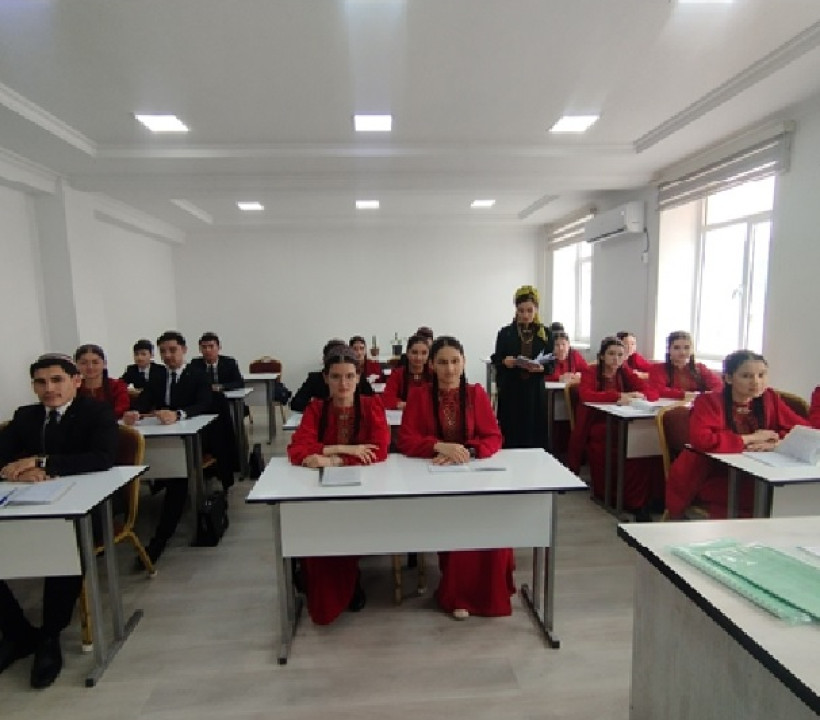DIGITAL SYSTEM – THE NEED OF THE TIME
As a result of the conditions and opportunities created by the President, the use of new technologies that meet international quality standards, the introduction of the latest scientific achievements and innovative teaching methods in the field of education, a high level of quality of education is ensured. The digital education system plays a special role in educating young people at the global level. The adoption of the “Concept for the development of the digital education system in Turkmenistan” contributes to the achievement of high results in the work carried out in this area.
Creating conditions for the young generation to receive an excellent education is of great importance in the formation of modern, educated, purposeful young people who contribute to the political, economic and cultural development of the country and know the achievements of world science. . The development of the system is closely related to the complete transition to a digital education system based on best international experience in combination with innovative teaching methods and the widespread introduction of information and communication technologies at all stages of education. Because digital education is a requirement of our developing and changing times. Turkmen youth, laying the foundation for a happy future and proudly walking the path of knowledge, achieve success in prestigious international educational, sports and creative competitions. This is the result of the tireless efforts of our hero Serdar to help the happy youth of our country grow into capable people.





